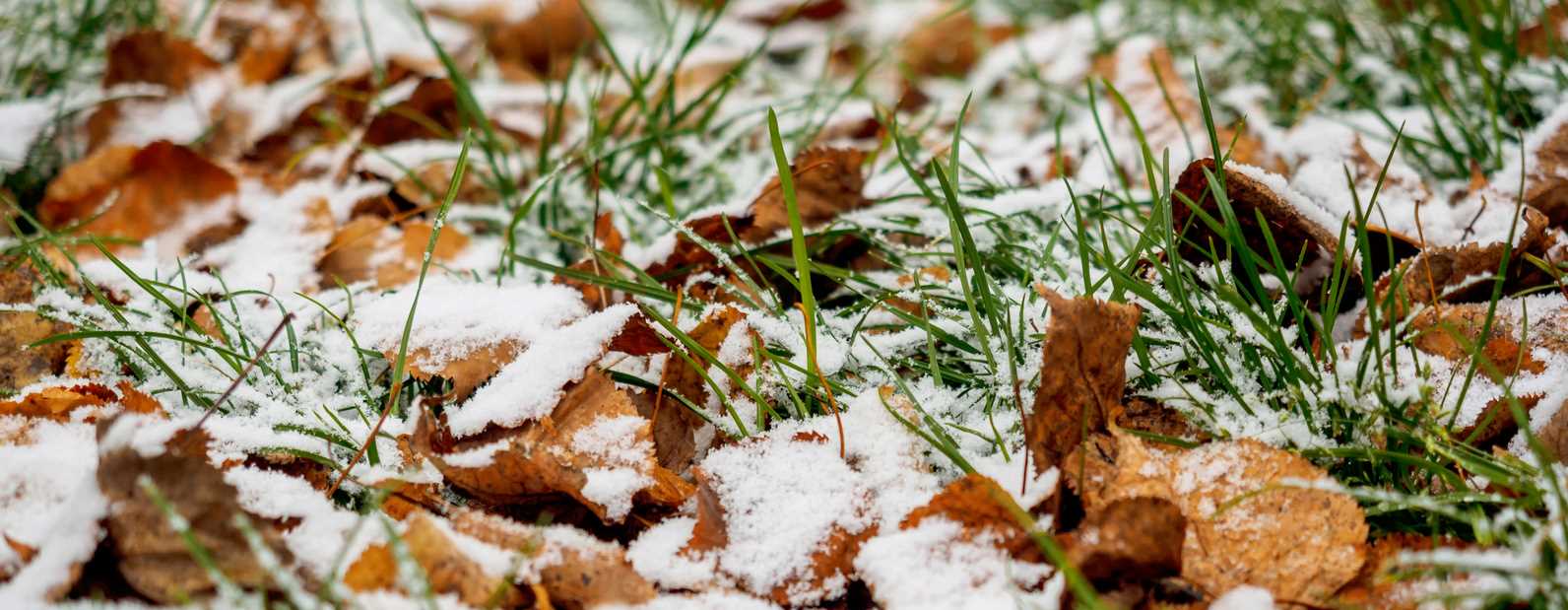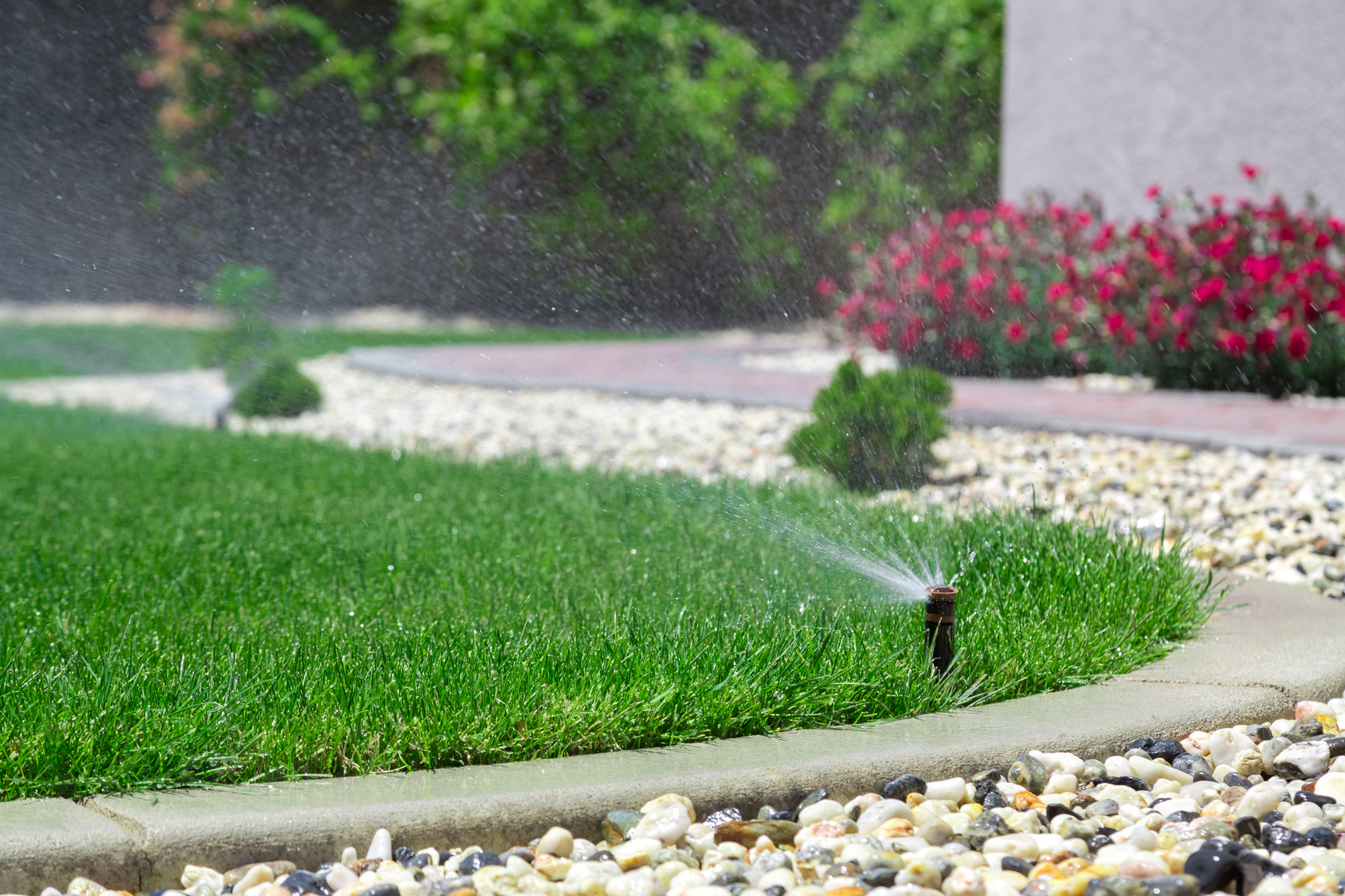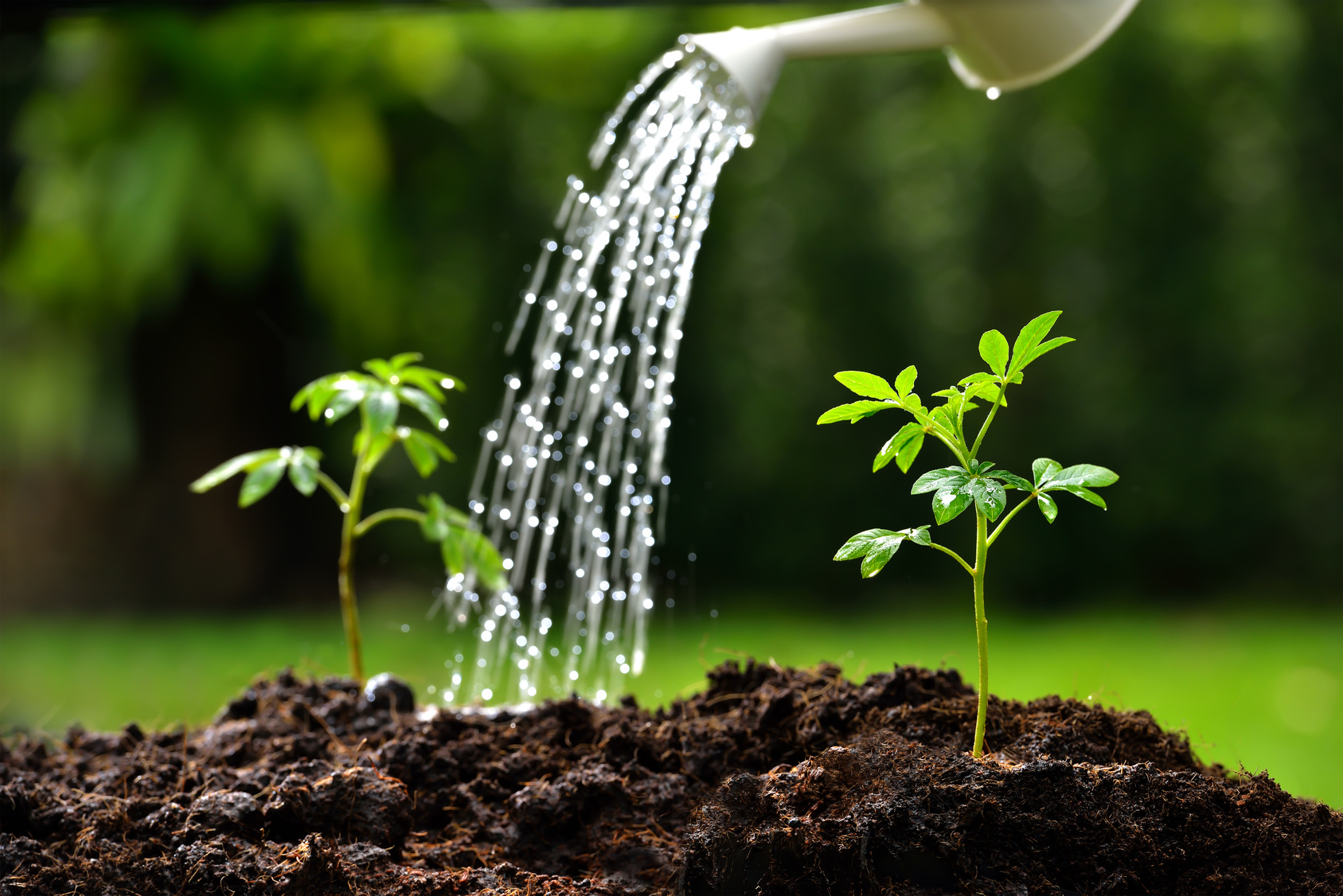The Reasons For Backflow Preventer Testing – Irrigation System Backflow Testing Springfield MO
Backflow is a term used to describe a condition where water flows through a water line in the opposite direction from which it was intended to flow. Numerous conditions can cause this to occur: a broken water main near your house, firefighters using a fire hydrant in your area, or incorrectly connected pumps. These conditions can cause contaminated water to flow back into the water main in front of your house.
Is Backflow A Hazardous Situation?
Definitely. One of the more common hazards is the unprotected lawn irrigation system. If the water pressure in the water main in front of your house decreases, fertilizer and pesticides can be drawn back into the water main via the lawn irrigation system. If this happens, there is a high probability that this water will end up in your household plumbing. Anyone drinking water from your household plumbing could become very ill.
Can Backflow Be Prevented?
By installing an approved backflow prevention assembly, you can rest assured that you, your family, and your neighbors are protected from contamination from your sprinkler system.
Is A Backflow Prevention Assembly Required?
The Missouri Department of Natural Resources (DNR) requires all lawn irrigation systems to have an approved backflow prevention assembly.
Does The Backflow Prevention Assembly Have To Be Tested?
DNR requires the backflow prevention assembly to be tested annually to make sure the device is working properly.
Who Performs The Backflow Prevention Assembly Testing?
The testing must be done by individuals approved by DNR for backflow prevention assembly testing. Our certified backflow inspectors at Gabris Landscaping can test and report these results for you as a part of our basic irrigation maintenance services.
In the event that your backflow device fails inspection, we can repair or replace it as well. It is quite common for a seal or spring on a backflow prevention assembly device to bust or break. We try to keep repair kits in stock for the most common devices. Depending on model and age, a backflow prevention device is occasionally less expensive to replace than repair.
Keeping your backflow valve box free of debris can speed up repairs and keep repair costs to a minimum. Maintaining a decent size limestone gravel layer inside the box underneath the backflow can absorb moisture which prevents the individual parts in a backflow assembly from rusting together. When you can not take apart the backflow because it is rusted-stuck together, the device is considered un-repairable.
Irrigation system backflow testing is included as a part of our basic irrigation maintenance program at Gabris Landscaping. We also provide lawn sprinkler backflow testing services for clients who do not wish to be included in our annual sprinkler maintenance program.






